After climate agreement, focus turns to action in individual nations, green technology

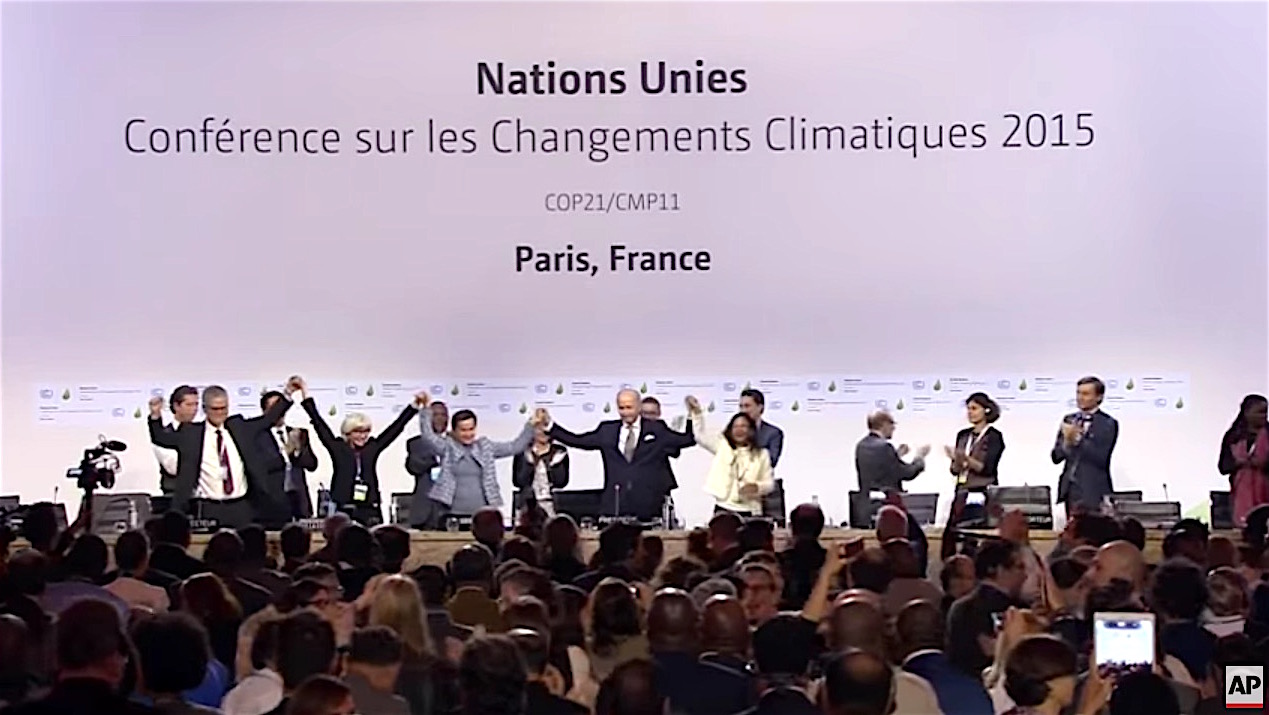
The landmark climate change agreement approved by 195 countries on Saturday took six years and a lot of hard work and diplomacy to forge. The agreement did not go as far as many environmentalists and climate scientists had hoped, but most of them called it a positive first step. After the calamity of the 2009 climate talks in Copenhagen, "it was a wonderful surprise that... these 195 countries could come to an agreement more ambitious than anyone imagined," World Bank President Jim Yong Kim told The New York Times. "This never happens."
The climate pact has relative winners and losers — the U.S. got most of what it wanted, for example, while India got more of a mixed bag — but there are no legally binding carbon emission targets, and the plans submitted by 188 nations would still raise global temperatures to 2.7 to 3.5 degrees above preindustrial levels, according to one widely cited analysis, high above the 1.5 degree target set by the accord (currently, the Earth is nearing 1 degree). And the agreement won't come into force until at least 55 countries representing 55 percent of total greenhouse gas emissions formally sign on — all nations are invited to ceremonially sign the accord April 22 at the United Nations in New York.
Now, the focus shifts to research on new renewable energy technologies, moving rapidly developing nations like India away from a dependence on coal, and within each country, meeting the goals they have set for themselves. "Paris has delivered a plan," climate scientist Richard Allen at Britain's University of Reading tells The Wall Street Journal, "next begins the hard bit: action." That said, you can watch the moment the delegates and guests learned that the talks had succeeded, and a plan agreed to, in the video below. Peter Weber
The Week
Escape your echo chamber. Get the facts behind the news, plus analysis from multiple perspectives.

Sign up for The Week's Free Newsletters
From our morning news briefing to a weekly Good News Newsletter, get the best of The Week delivered directly to your inbox.
From our morning news briefing to a weekly Good News Newsletter, get the best of The Week delivered directly to your inbox.
A free daily email with the biggest news stories of the day – and the best features from TheWeek.com
Peter has worked as a news and culture writer and editor at The Week since the site's launch in 2008. He covers politics, world affairs, religion and cultural currents. His journalism career began as a copy editor at a financial newswire and has included editorial positions at The New York Times Magazine, Facts on File, and Oregon State University.
-
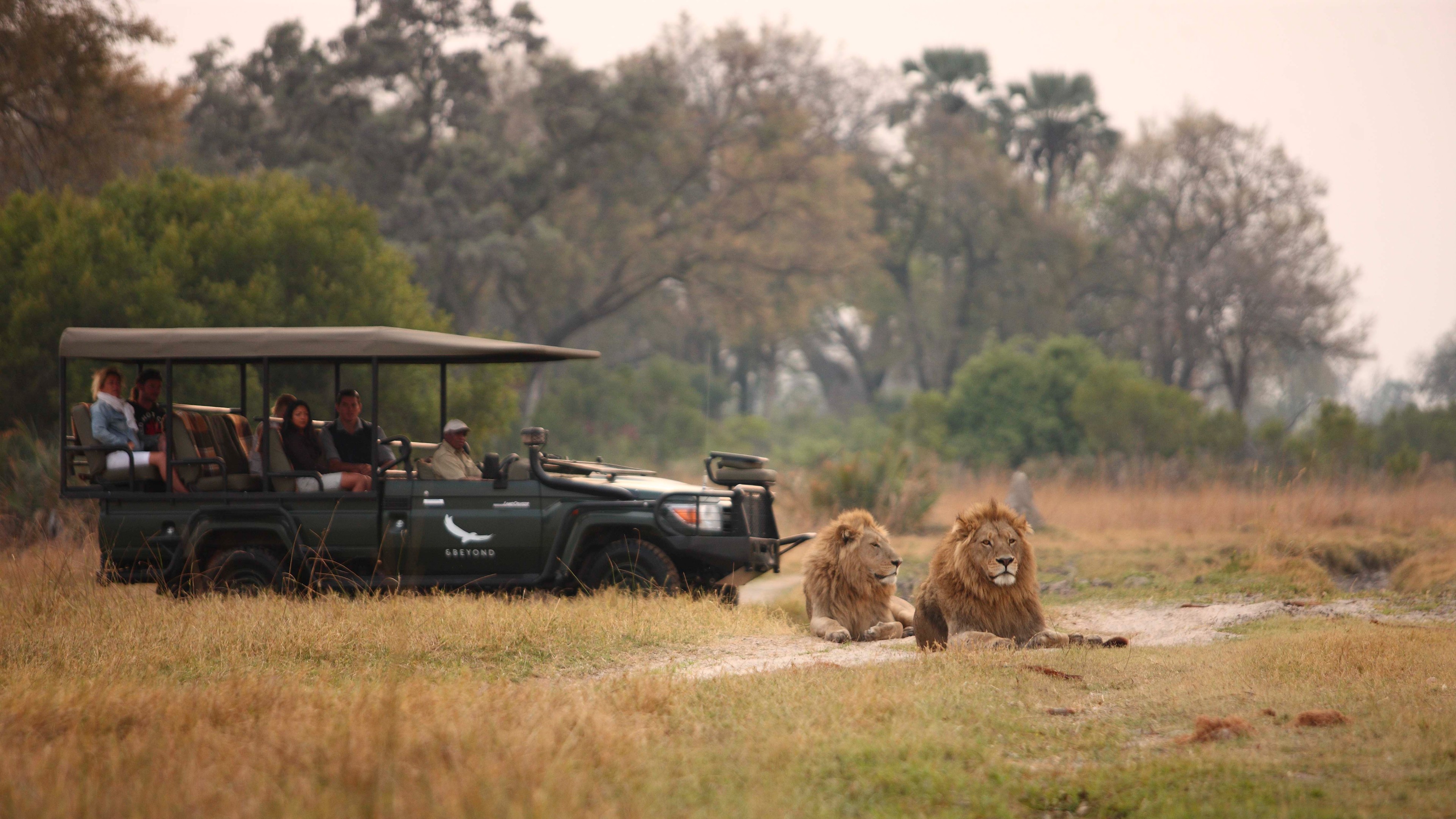 11 hotels opening in 2026 to help you reconnect with nature
11 hotels opening in 2026 to help you reconnect with natureThe Week Recommends Find peace on the beaches of Mexico and on a remote Estonian island
-
 Zimbabwe’s driving crisis
Zimbabwe’s driving crisisUnder the Radar Southern African nation is experiencing a ‘public health disaster’ with one of the highest road fatality rates in the world
-
 The Mint’s 250th anniversary coins face a whitewashing controversy
The Mint’s 250th anniversary coins face a whitewashing controversyThe Explainer The designs omitted several notable moments for civil rights and women’s rights
-
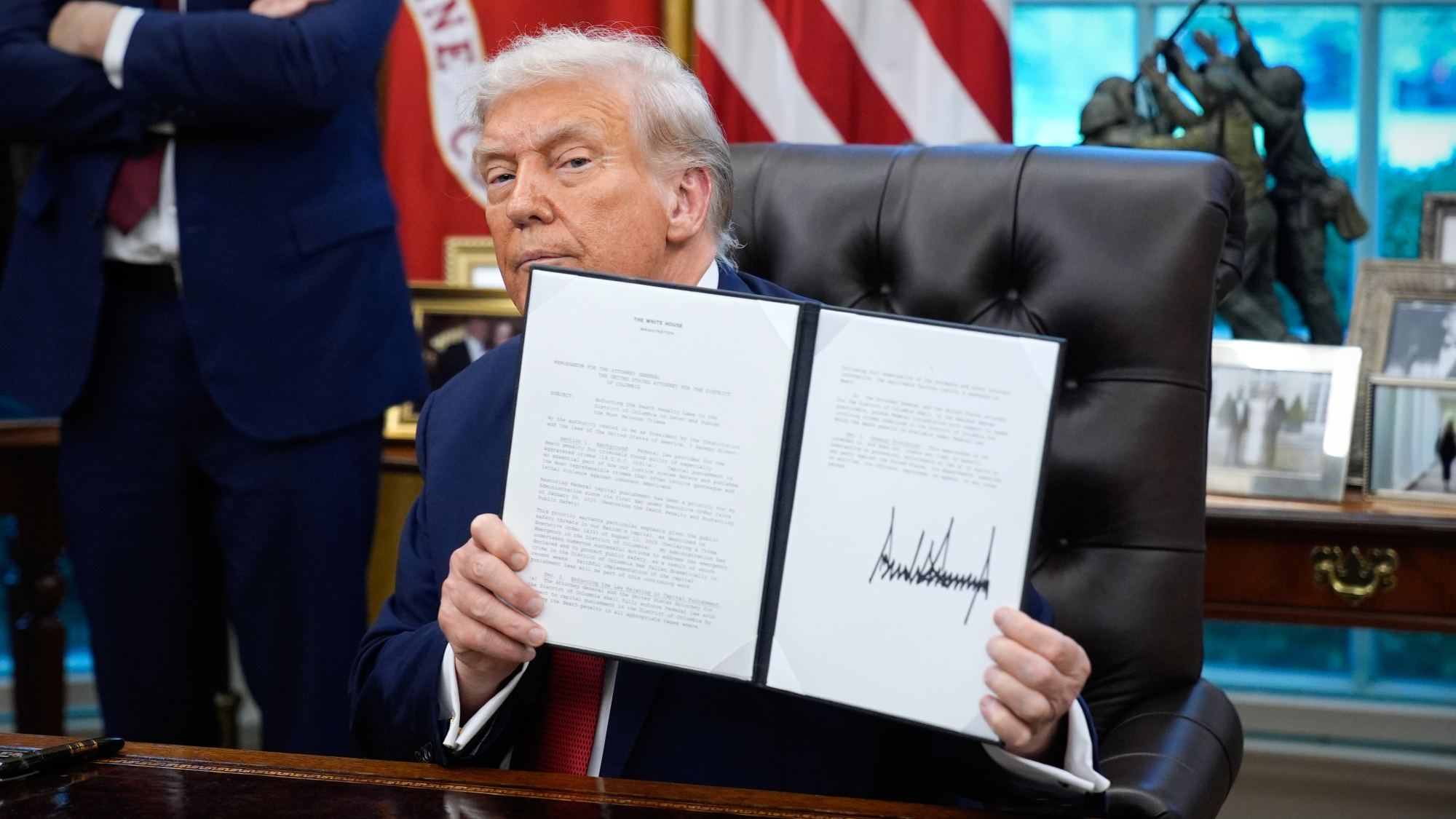 TikTok secures deal to remain in US
TikTok secures deal to remain in USSpeed Read ByteDance will form a US version of the popular video-sharing platform
-
 Unemployment rate ticks up amid fall job losses
Unemployment rate ticks up amid fall job lossesSpeed Read Data released by the Commerce Department indicates ‘one of the weakest American labor markets in years’
-
 US mints final penny after 232-year run
US mints final penny after 232-year runSpeed Read Production of the one-cent coin has ended
-
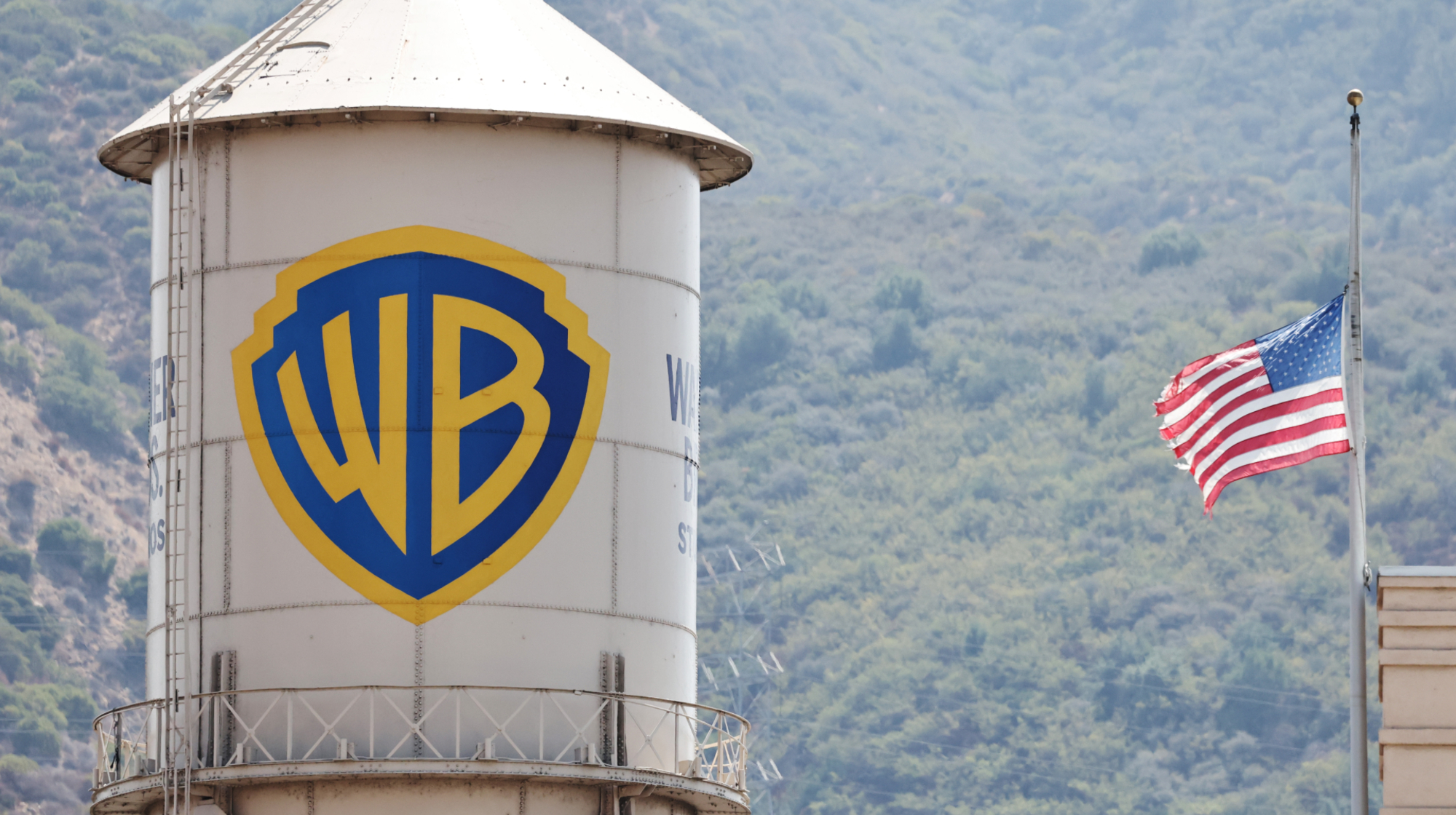 Warner Bros. explores sale amid Paramount bids
Warner Bros. explores sale amid Paramount bidsSpeed Read The media giant, home to HBO and DC Studios, has received interest from multiple buying parties
-
 Gold tops $4K per ounce, signaling financial unease
Gold tops $4K per ounce, signaling financial uneaseSpeed Read Investors are worried about President Donald Trump’s trade war
-
 Electronic Arts to go private in record $55B deal
Electronic Arts to go private in record $55B dealspeed read The video game giant is behind ‘The Sims’ and ‘Madden NFL’
-
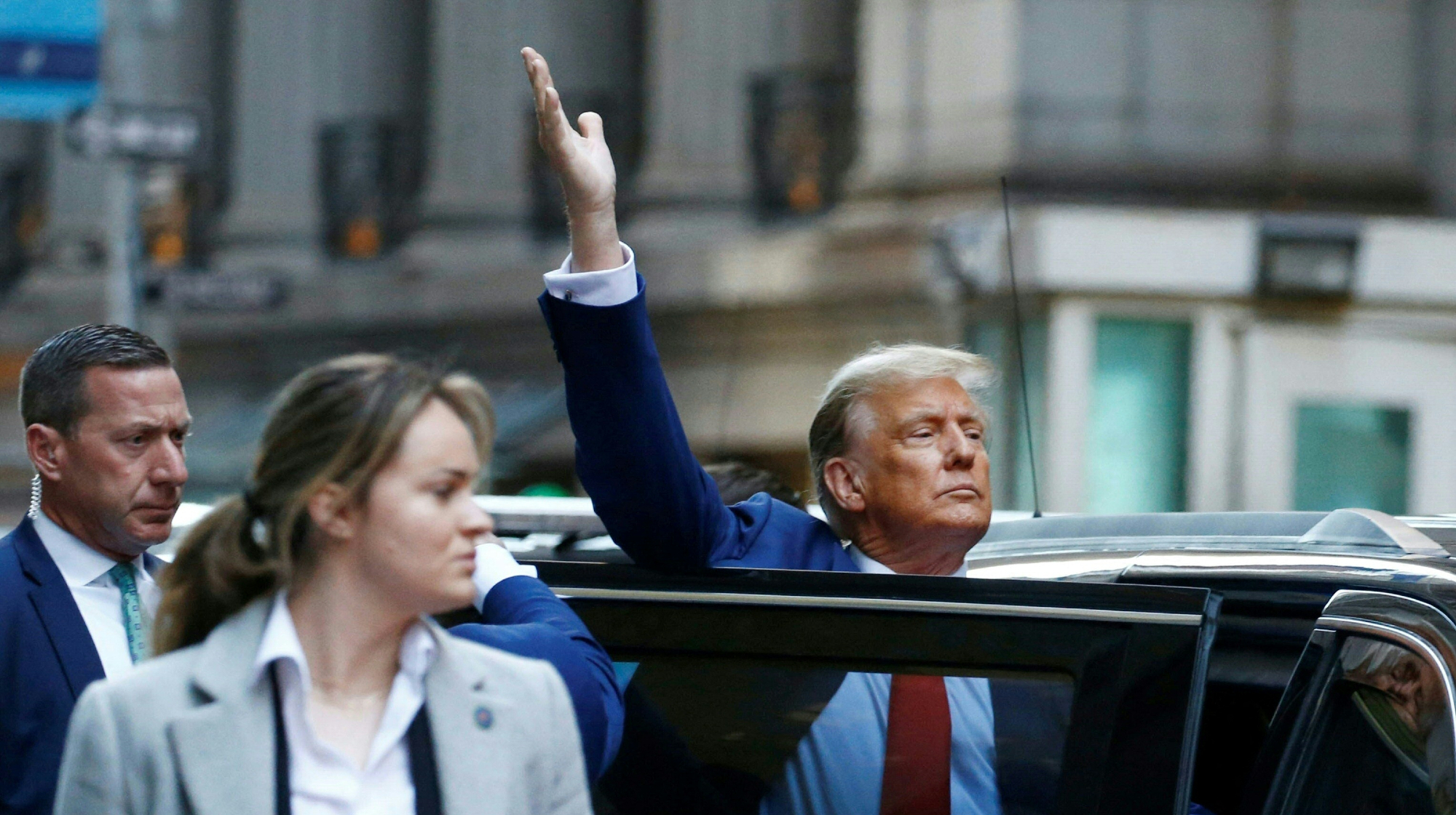 New York court tosses Trump's $500M fraud fine
New York court tosses Trump's $500M fraud fineSpeed Read A divided appeals court threw out a hefty penalty against President Trump for fraudulently inflating his wealth
-
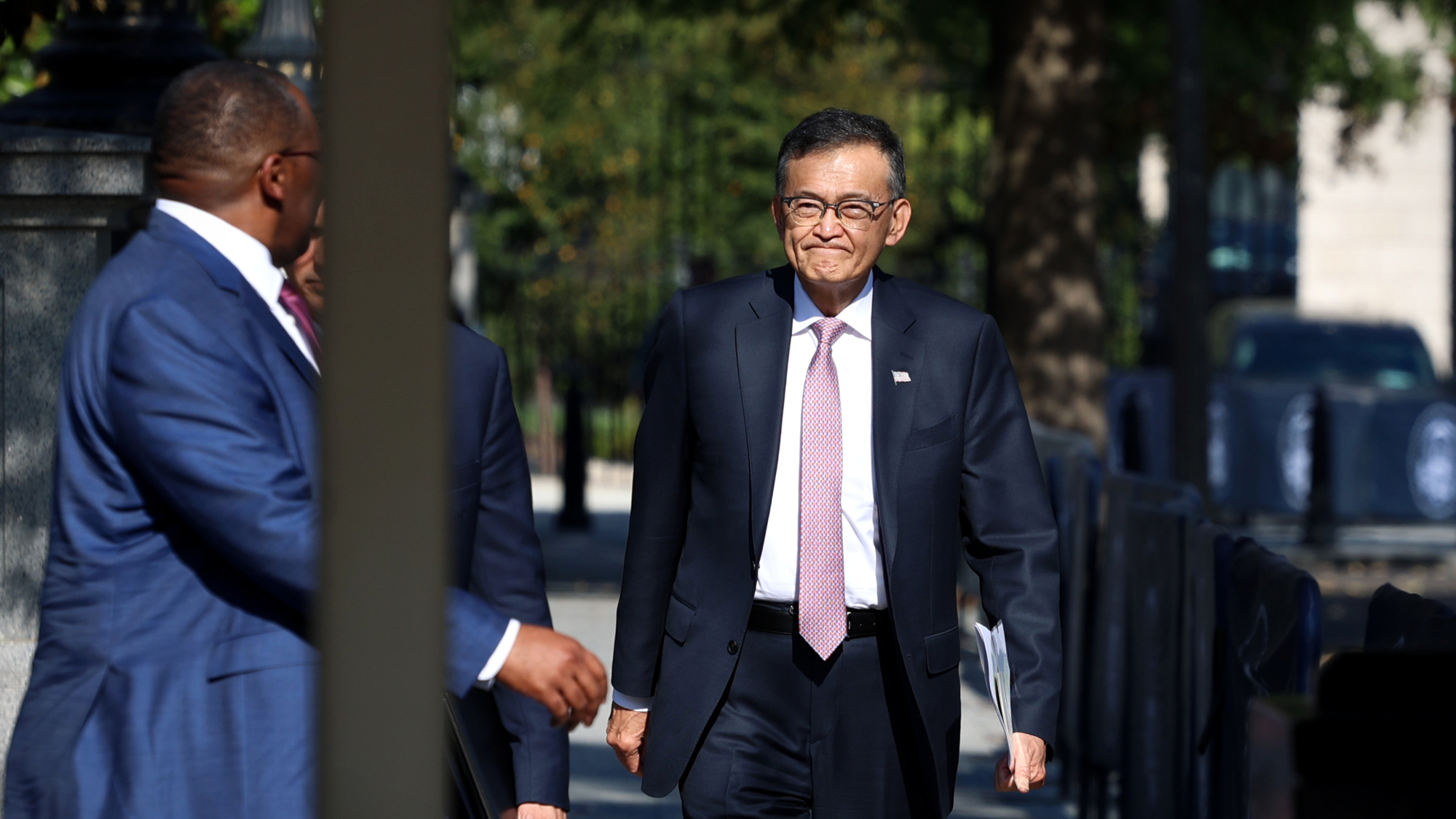 Trump said to seek government stake in Intel
Trump said to seek government stake in IntelSpeed Read The president and Intel CEO Lip-Bu Tan reportedly discussed the proposal at a recent meeting
